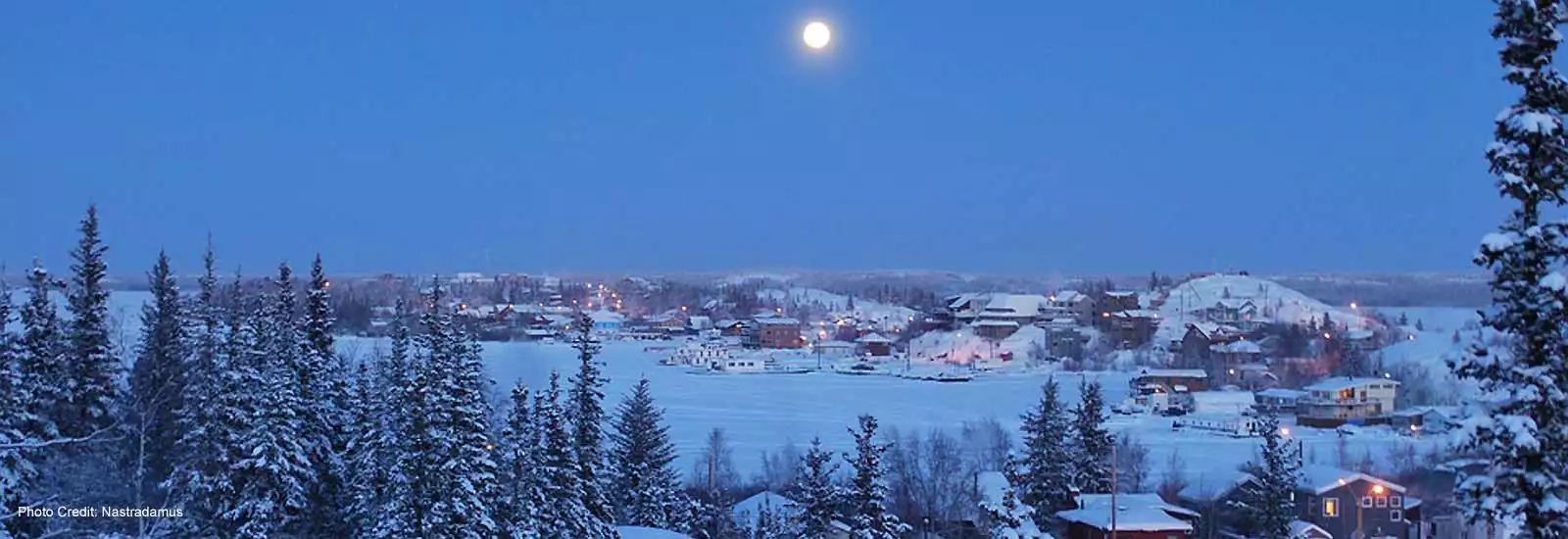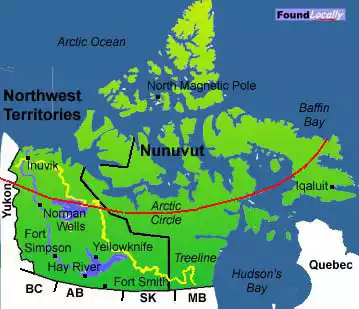Northern Roads
In the north of Canada, on roads north of Grand Prairie (Alberta) and Dawson Creek (BC) that head into the Yukon and the Northwest Territories are isolated, though the road is now paved or chip-sealed all the way to Yellowknife. You may be several hundred kilometres from the nearest service station, so it is always a good idea to carry spare gasoline. Many drivers also carry spare tires, tow rope or chain, a first aid kit, extra food, and in winter cold weather survival gear.
In summertime, on gravel roads, be careful when driving close to other vehicles, as flying rocks can damage your windshield or headlights. Many vehicles have plastic covers over the headlights, and wire grills over the radiator, rubber matting under the gas tank to reduce damage. In the summertimes, the roads can get very dusty, especially around construction sites. Keep your windows closed, and install filters over air intakes will reduce the impact.
Conversely, after prolonged rainstorms, gravel roads can become very slippery from the mud, even temporarily impassible, and the local RCMP will be able to give you road updates.
Do not drive fast on gravel roads, as it makes it easier to lose control, and slow down when you see oncoming vehicles, so your gravel does not damage their vehicle. You should not drive in the centre (crown) or the road, since oncoming vehicles doing the same can be around the next corner. Smart drivers always keep their headlights on when driving to increase your visibility.
If you have a mechanical breakdown, stay with your vehicle and flag the next passing vehicle for assistance. Do not go more than 100 metres from the road, to reduce your risk of getting lost.






